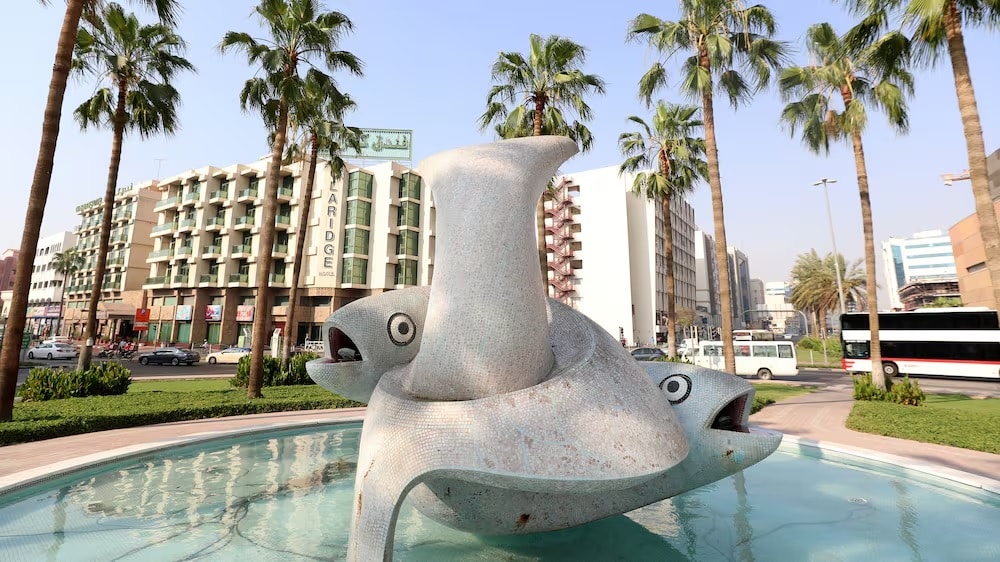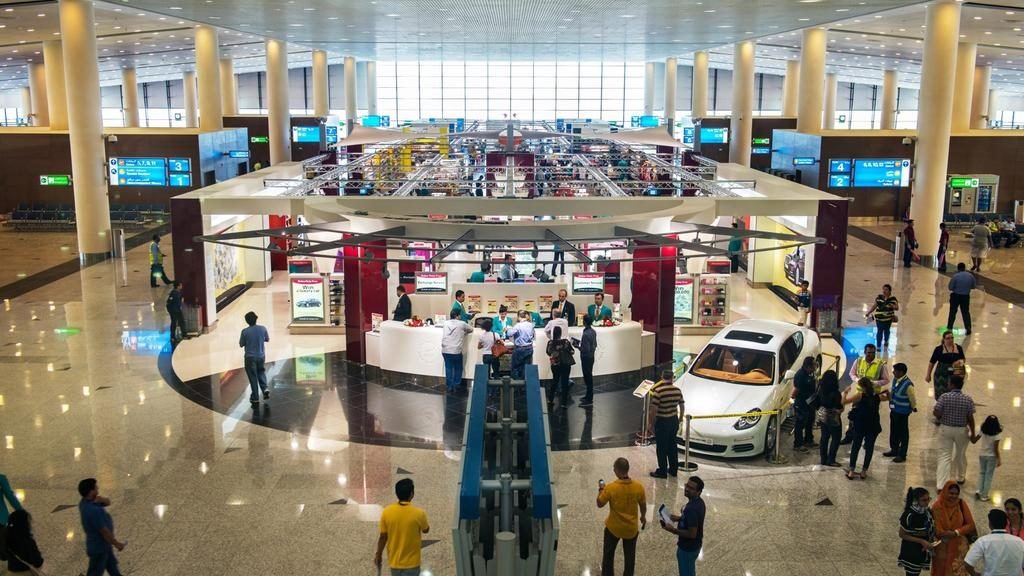Dubai has recently designated nearly three dozen historical buildings and sites for preservation as part of the second phase of its heritage architecture preservation project. These locations, ranging from the well-known to the obscure, collectively represent the city’s transformation from the 1960s to the 1990s, forming what Sheikh Hamdan bin Mohammed, Crown Prince of Dubai, calls an “open museum of human heritage.”
Iconic Landmarks
Among the most notable sites is the Deira Clock Tower, built in 1965 and designed by Austrian architect Otto Bulart. This structure stands at a significant intersection and has undergone several restorations, the latest in 2023.
Another landmark is the Fish Roundabout in Deira, adorned with a stylized fish fountain believed to be crafted by Iranian artist Mir Ismaili. This roundabout is a tribute to Dubai’s fishing and pearling heritage.

Modern Architectural Marvels
Zabeel Palace, reconstructed from 1963 to 1965, served as the residence of Sheikh Rashid until 1990. Located in the heart of the city, its magnificent gardens are now open to visitors.
Dubai Zoo, now known as Jumeirah Zoo, closed in 2017 but is slated for preservation, hinting at a future revival.
Terminal 1 at Dubai International Airport, the original terminal since the early 1960s, marks Dubai’s openness to global business.

The Sheikh Rashid Tower, part of the Dubai World Trade Centre, was the tallest building in the Middle East when inaugurated by Queen Elizabeth II in 1979.
Dubai Municipality and Dubai Land Department buildings, both opened in 1979, reflect the city’s rapid modernization. The Dubai Petroleum headquarters, designed by Victor Bisharat, is another architectural gem from 1978.
Historic Hospitals
Dubai’s oldest hospitals, including Al Maktoum Hospital (1951), Al Baraha Hospital (1966), Rashid Hospital (1973), Dubai Hospital (1983), and Latifa Hospital (1986), are also preserved for their historical significance and ongoing contributions to healthcare.
Cultural and Educational Sites
Five mosques, including the Jumeirah Mosque (1979) and the mosque at Al Fahidi, highlight Dubai’s cultural and religious heritage. The Al Ras Public Library (1963) and Zabeel High School (1979) represent the city’s educational milestones.
Monuments and Recreational Spaces
The Flame Monument, commemorating the start of oil production in 1969, and the Fish Roundabout are notable city landmarks. The Satwa Water Tower from the 1980s and Safa Park (1975) are cherished recreational spaces.
Al Nasr Leisureland, known for its fruit-themed rides like the pineapple slide, opened in 1979 and remains largely unchanged, offering a variety of recreational activities.
Golf Clubs
The Emirates Golf Club (1988) and Dubai Creek Golf & Yacht Club (1993) are recognized for their unique architecture and contributions to Dubai’s sports culture.
Out-of-Town Heritage
In Hatta, the Sheikh Rashid bin Saeed Palace and the Rashid bin Saeed Basic and Secondary School reflect the historical significance of this Dubai exclave, accessible by road since 1971.
These sites not only preserve Dubai’s rich history but also offer a glimpse into the city’s dynamic growth and cultural evolution.


